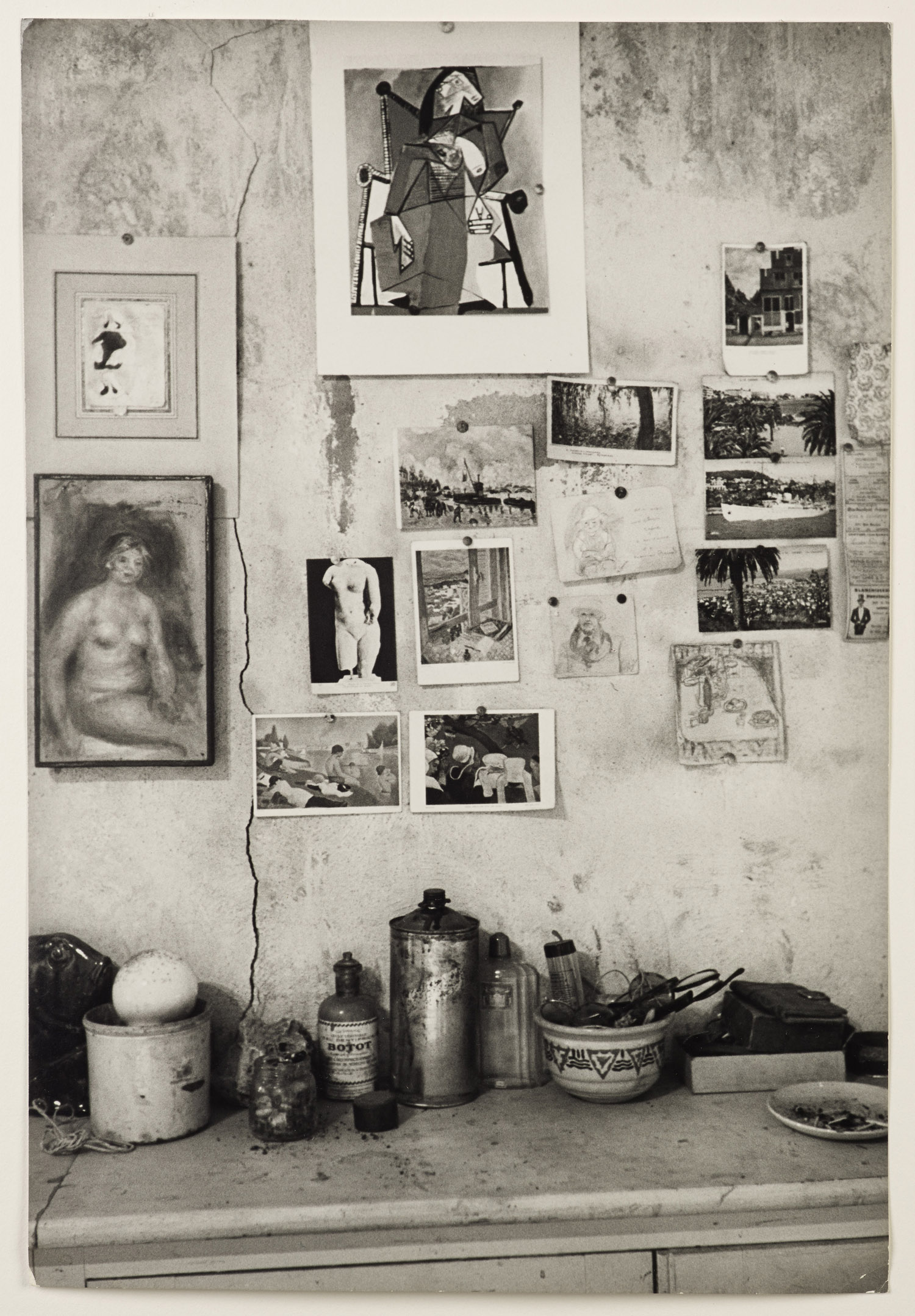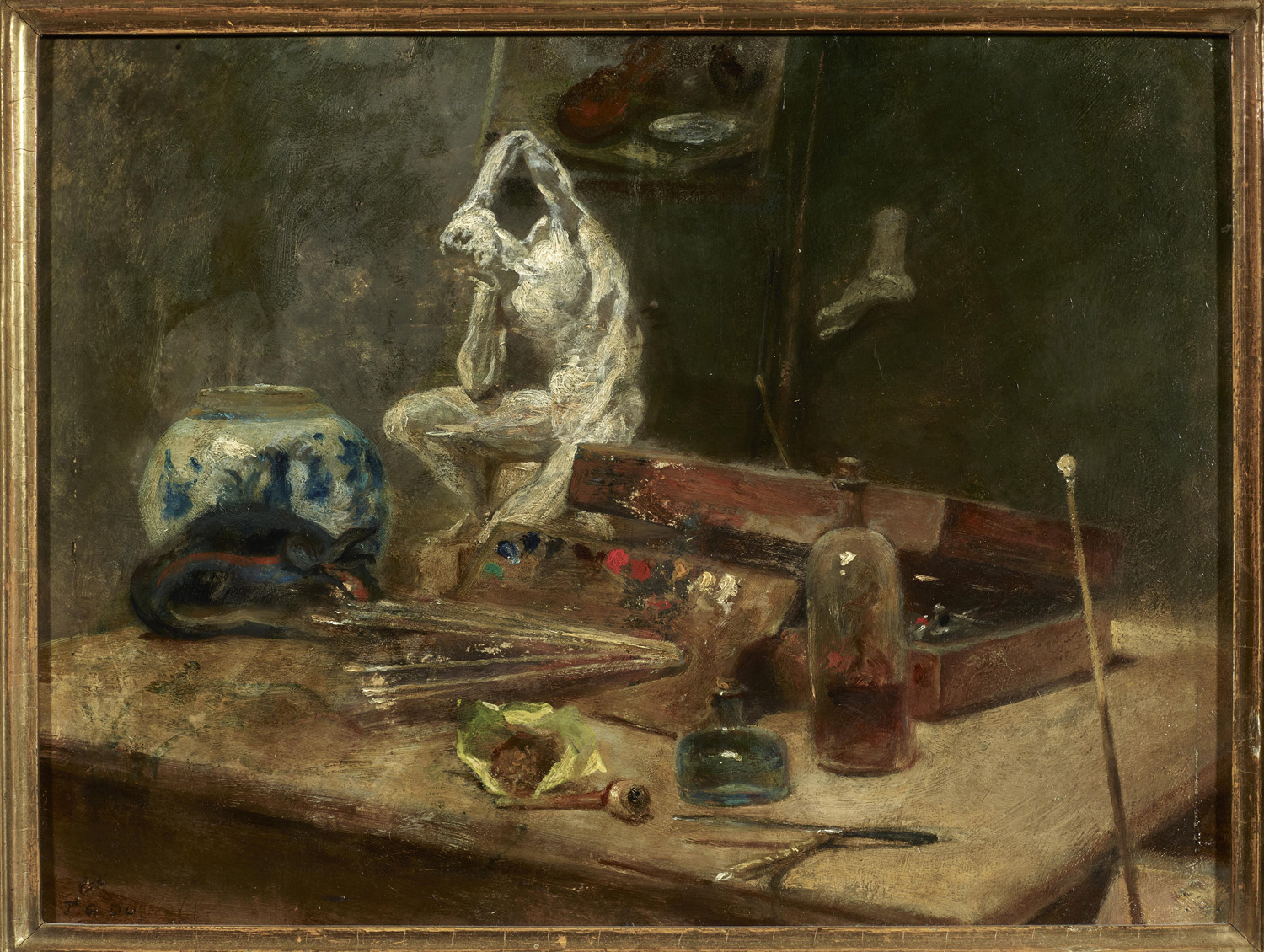Absent Artists
Langlands & Bell will present a season of art and ideas in three parts at Charleston from 2 April – 29 August 2022
What do the rooms we inhabit say about us? Can they speak on our behalf after we’ve gone? And what happens when these private worlds are publicly displayed?
Curated by Langlands & Bell, Absent Artists at Charleston explores studios in which the artists themselves are conspicuously absent. The exhibition of nearly 60 artworks includes paintings, drawings, prints and photographs by leading artists, such as Annie Leibovitz, David Hockney, Jim Dine, Michael Craig-Martin, William Hogarth, Jasper Johns and James Ensor.
Absent Artists also draws parallels with Charleston itself, which was a private home and creative space for Vanessa Bell, Duncan Grant, and their many artist and writer friends who formed part of the Bloomsbury group. Today it still brings people together to enjoy and engage with art and ideas and, in the absence of its modernist residents, also invites the public to imagine what life was like at Charleston 100 years ago.
The works in Absent Artists are predominantly drawn from the Katrin Bellinger Collection which focuses on the theme of ‘the artist at work.’ Visitors will be able to immerse themselves in the artistic process and the mystique surrounding it. From the cluttered to the ordered, David Hockney’s small desk strewn with coloured pencils (Two Lemons and Four Limes, 1971) to Georgia O’Keeffe’s colour-coded box of pastels, as photographed by Annie Leibovitz (2010), the works reveal intimate details of individual artists though their materials and the spaces in which they live and work.
Absent Artists also features The Artist’s Studio (2002), an early interactive digital artwork by Langlands & Bell, which links J.M.W Turner’s studio at Petworth House in West Sussex, with the artists’ own studio in Whitechapel, London.
Langlands & Bell say: Seeing the context, you begin to understand how they made what they did, what inspired them and how they transformed what they saw to make art.
Collector Katrin Bellinger says: I like to buy into the illusion that the artist could step in at any minute. You are in their space with the paint tubes and brushes left as if they were just about to be picked up again. It gets my imagination spinning, triggered by the clues the artist left behind.
Photos: H. Cartier-Bresson (1908-2004) ‘Studio of Pierre Bonard’; William Hogarth, ‘Time Smoking a Picture’ (ca. 1761); Maurice Eliot (1862-1945) ‘The Studio on the Rue Houdon’; Jean Claude Dumont (1805-74) ‘Still Life in an Artist’s Studio’. Courtesy Katrin Bellinger Collection.





